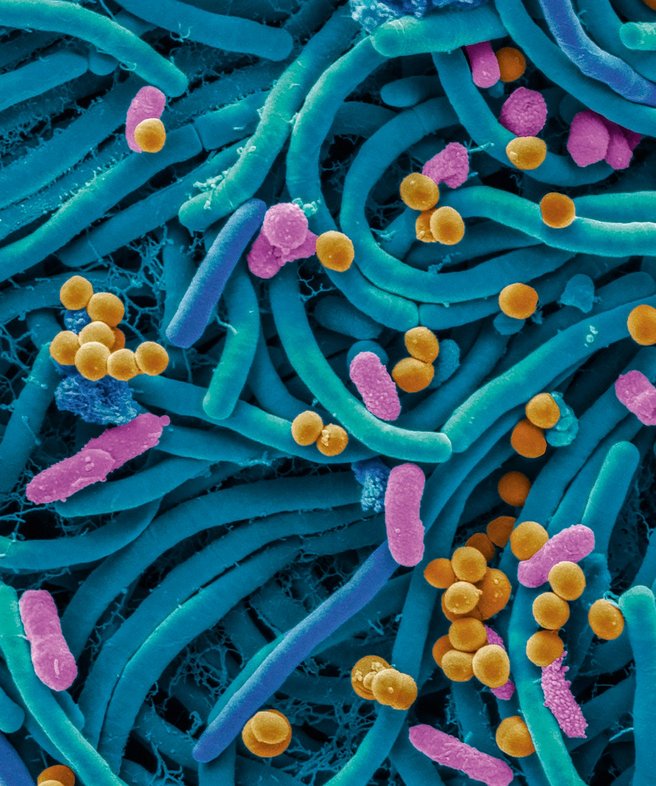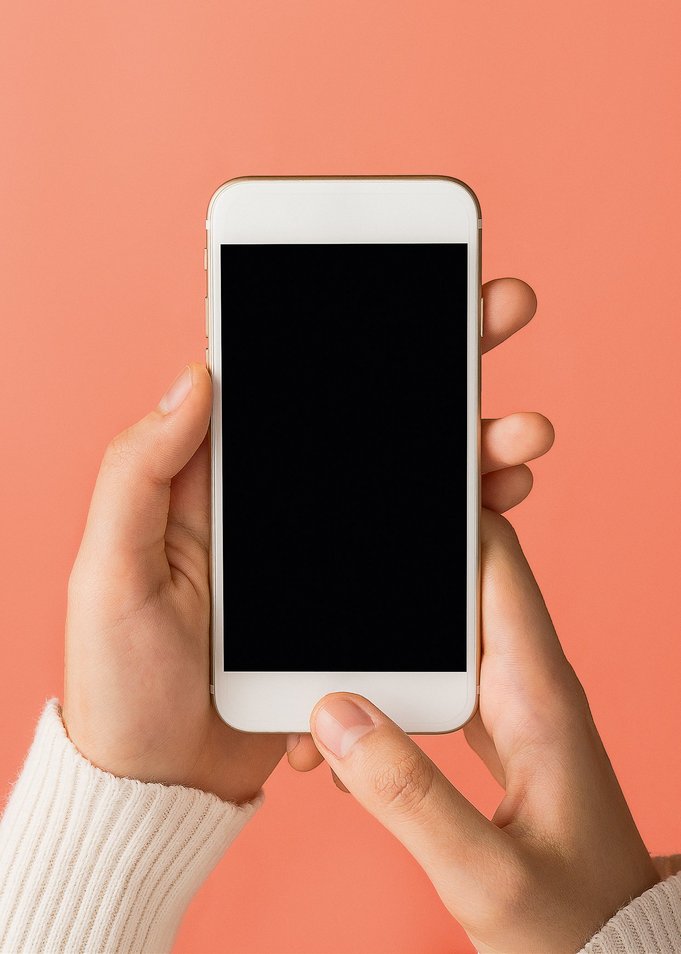INSIDE VIEW: PANTS POCKET PATHOGEN PERIL

Just answer an email, check out a few news headlines and then quickly upload a photo: there’s almost no object that we touch as much during our everyday lives as our smartphone—and hardly any object has been the subject of so many consumer surveys. The majority of us supposedly reach for our cellphones more than 50 times day, touching the screen more than 2,500 times. One healthcare company even claims to have found that nine out of ten of people also use their smartphone while sitting on the toilet. Which makes it unsurprising that, despite their smooth surfaces, smartphones are one of the biggest propagators of pathogens in regular daily life. The devices are almost constantly warm and travel from pocket to hand to face, over and over again. Several years ago, a study by the British consumer-protection magazine Which? found that the average smartphone has 18 times more potentially harmful bacteria on it than a toilet handle in an average public men’s restroom. Streptococci, E. coli bacteria, multi-resistant MRSA bacteria or even the novel coronavirus SARS-CoV-2 can nestle into the smallest nicks and scratches, survive there for several days and, depending on the germ, also multiply. What you see here is an image taken by a scanning electron microscope of pathogens on a smartphone, colorized and magnified 4000 times.
To get a grip on this kind of contamination, experts thus recommend mobile phone hygiene. Wiping the device down once or twice a day using warm soapy water and a microfiber cloth, like the one you might use to clean your eyeglasses, is already a good start. Even more effective are special cleaning and disinfecting cloths or sprays that don’t affect the cellphone display but still kill viruses and bacteria. Caution is advised with glass cleaner and pure rubbing alcohol, both of which can damage the protective layer on modern screens.

CELLPHONE HYGIENE